Poland is all it’s Krakow’d-up to be
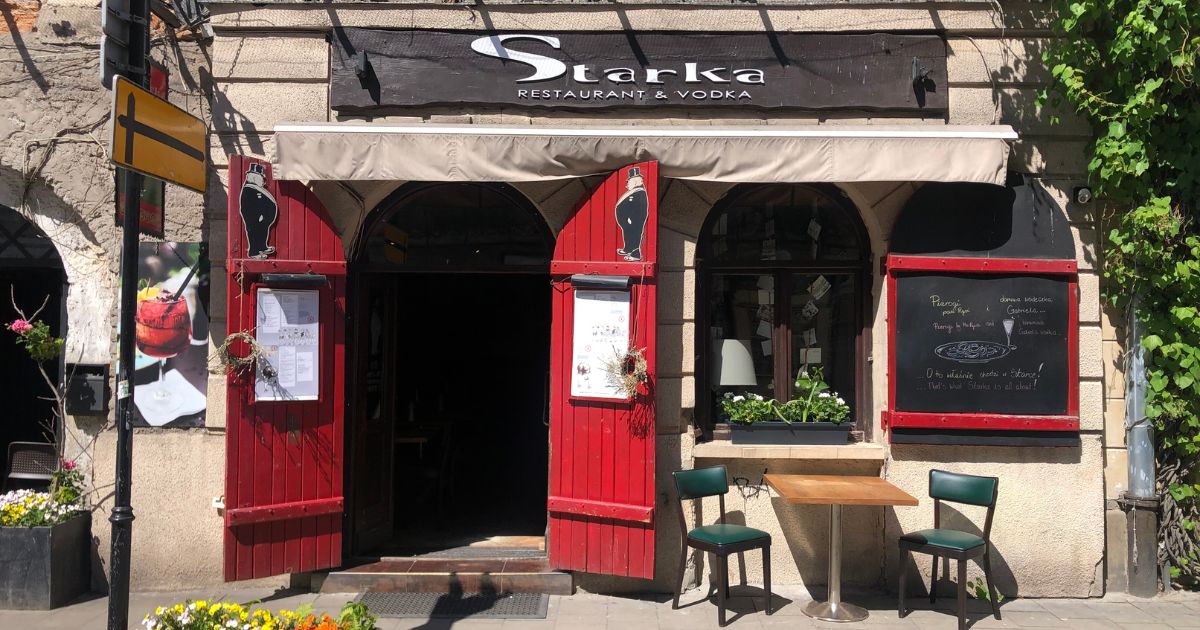
It’s our last week of this 9-month Europe/North Africa jaunt. Part of me wants to hole up in our current home - Krakow - and just Live like we did in Albania: get a one-week gym pass, write, knock off a few more of my Netflix things-to-watch, idle in coffee shops. It’s my last chance before a dizzying summer of family visits and exploring the Canadian Maritimes that will be crazy good but also lack this grounded long-term-stay feel we’ve come to cherish.
But it’s also our last chance to munch on a new morsel of old Europe, and that wins out as I shift into super-tourist mode. I sign up for a kitchy cooking class to bake Obwarzanek Krakowski, the traditional twisted bread described as a mix between pretzel and bagel (mine doesn’t taste as good as either of those, but we get to wear cute little aprons.) A hot air balloon ride (note to self: never again invite an 11-year-old nibling to choose an adventure for you without establishing some clear parameters!) A Chopin piano recital (Frédéric was from Poland, though only ever came through Krakow once, so this is a blatantly unauthentic tourist experience that is splendid nonetheless.)
If that’s not enough, add in 3 (three!) guided walking tours. The first is deep underground to the Wieliczka rock-salt mines (starting with a 40-story staircase down to just the first level). The second turns out to be in Warsaw, so I’m out ten euros but spared the information overload (and get to still mock the endless parade of other tourists sitting in the off-yellow electric golf cart tourists here in Krakow.) The third is another Communism Walking Tour, this one through the 1950’s model Communist town of Nowa Huta.
The Polish People's Republic lasted from 1947 to 1989, and the familiar tragic themes shine through: oppression, surveillance, police brutality, ration books, long line-ups for limited supplies, and suffering. I struggle with comparisons - it doesn’t sound quite as violent as Albania’s history or as economically desolate as Cuba’s current status. But this is unfair and unfeeling - suffering doesn’t suffer comparison. It was real and intense, and just like in Albania the generational trauma is still felt. Our guide shares that people still rarely greet each other in the street, and claims (almost boasts) that Polish people are the most unhappy or discontent people in the world. But once you are trusted and allowed inside (literally, in the kitchen where true sharing happens), then you find the true beautiful heart of the people. “We are like coconuts: hard and scratchy on the outside, soft and sweet inside.”



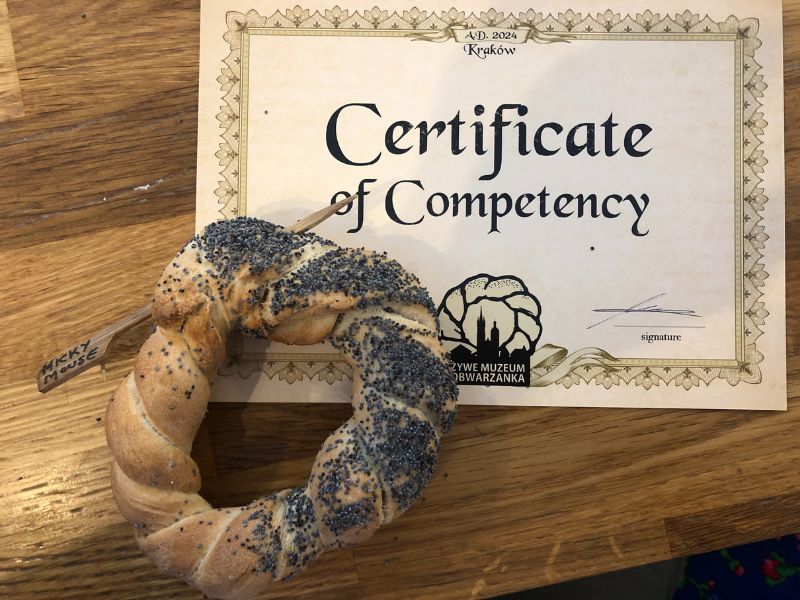
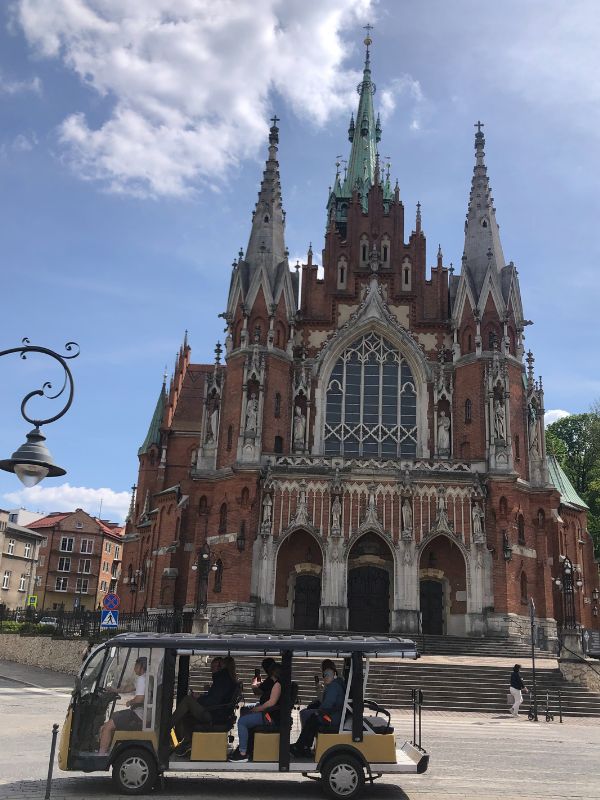

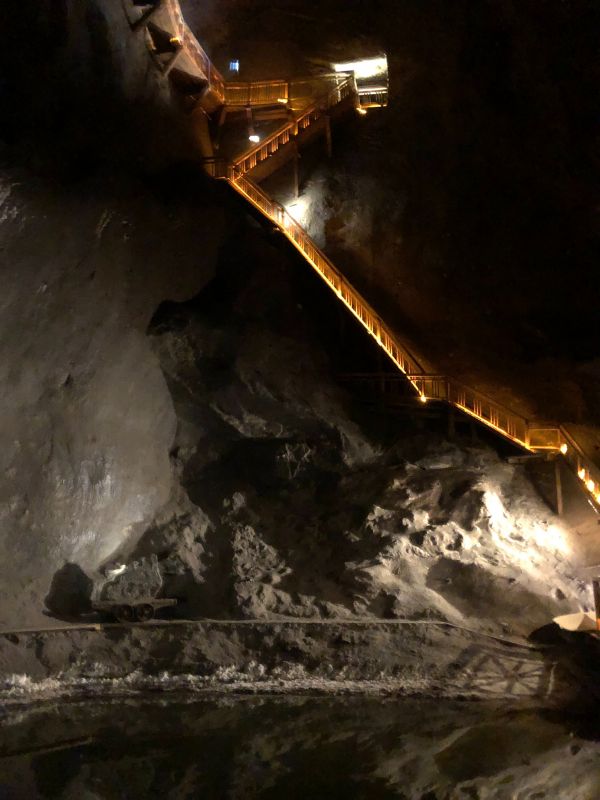


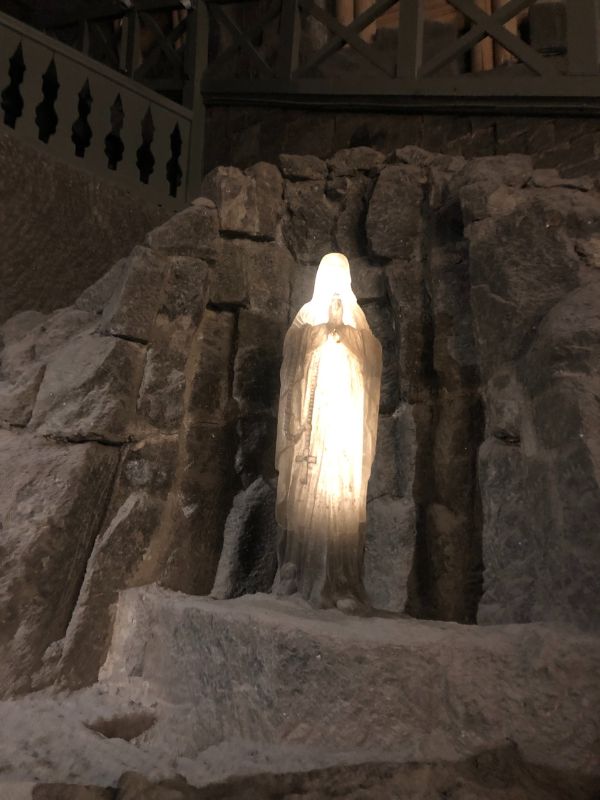

Dark Tourism
Two big “attractions” we skip are Schindler’s factory (though we do watch the movie, and walk past the long line-ups outside the gate) and Auschwitz concentration camp. At a time of increasing hate rhetoric, deportations without due process, and other human rights abuses in the US and elsewhere, it is vitally important for people to experience the undeniable truth of the horrors that occurred here not that long ago. Standing in the actual space where atrocities were committed is soul-shifting in a way that no book or movie can convey.
For myself, however, I read a paper about the mixed motivation to visit “dark tourism” sites and find myself wondering why I need to go. I’m still raw from visiting horrific history sites in Albania (and Alderny labor camps before that, and sites of Franco massacres in Spain, and…) Do I really need to be broken open once again to sear the lesson even deeper, or am I going just out of a sense of duty, or some cathartic horror-film voyeuristic ride? The article describes this moral dilemma of visiting sites like Auschwitz as part of the tourist trail: “We were tourists of guilt and righteousness: guilt at an almost pornographic sense of expectancy at the voyeurism ahead. And yet guilt tempered by a sense of righteousness at choosing to come to this place”
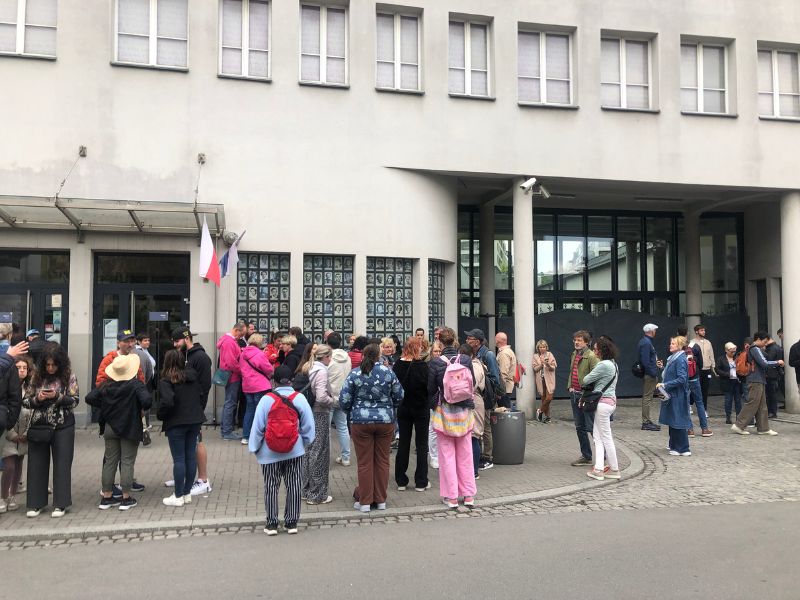
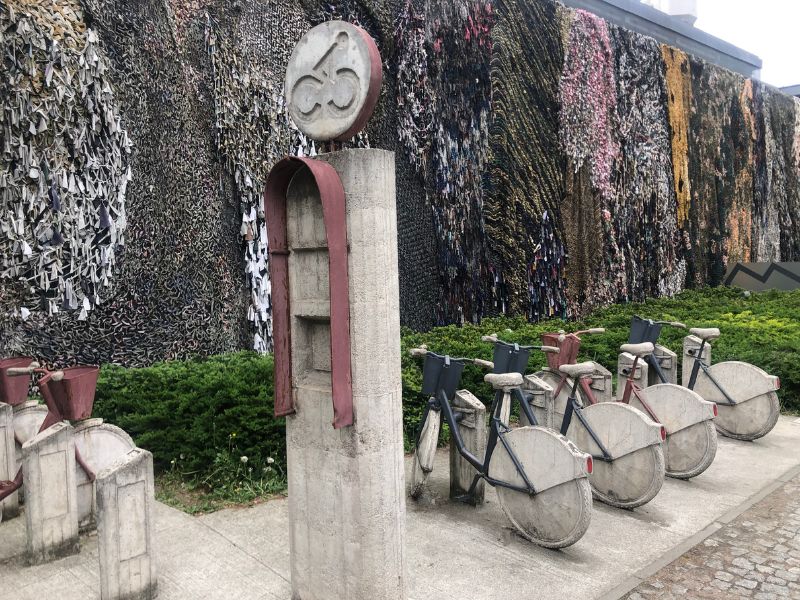

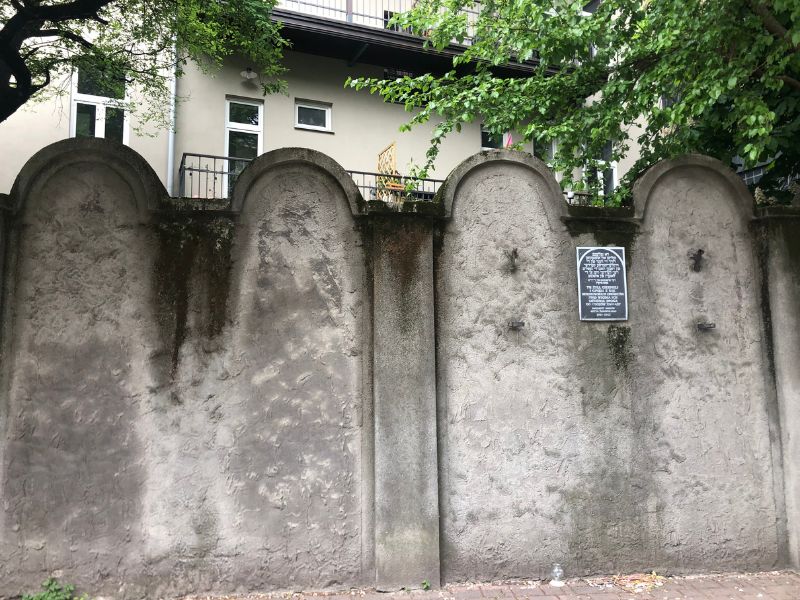


Instead of the big-ticket “attractions”, our immersion comes from living in the Kraków Ghetto, where Nazis forced approximately 15,000 Jews to live in appalling conditions. To get to the local bus or bakery each morning, we cross the haunting Ghetto Heroes Square, where Jews were coldly sorted to go to different concentration camps. Seventy years later, this is the quietest city square I’ve seen in Europe - no old men playing backgammon, no buskers, no children chasing pigeons. Instead of coffee shops and fountains, the square is filled with empty oversized chairs to symbolize the loss of life as well as the physical property that was left behind. The simplicity and emptiness of the space reach far deeper than any guided tour transcript or explanatory sign ever could.

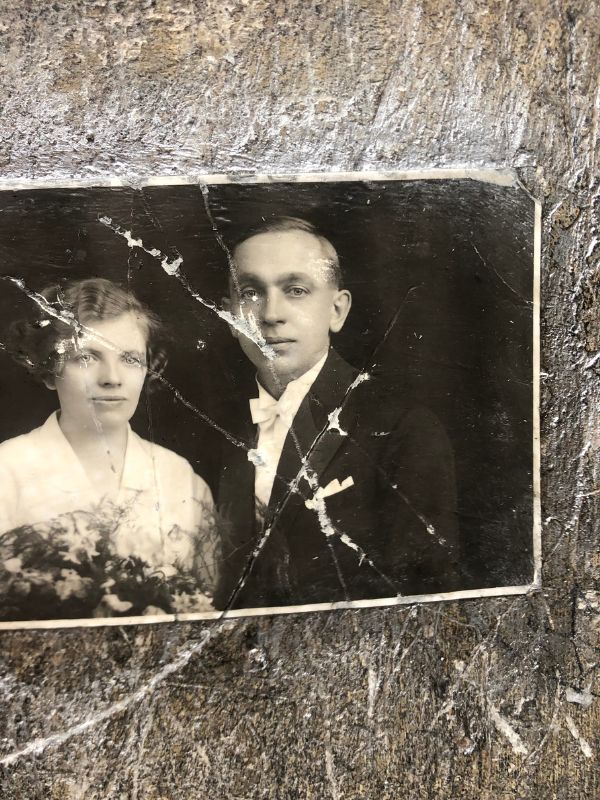
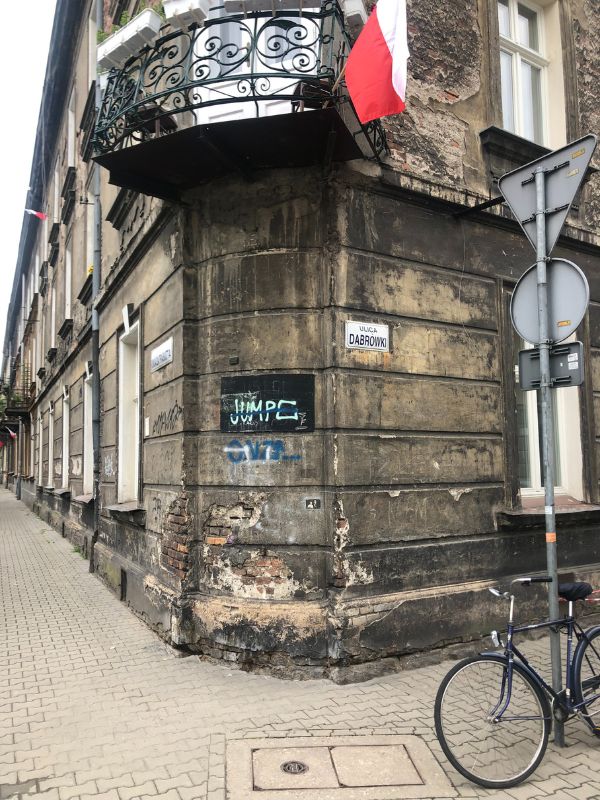
Medieval Gates and Fresh Donuts
Krakow’s medieval old town (a UNESCO World Heritage Site) and Jewish Quarter (Kazimierz) are endlessly endearing to stroll around. Historic buildings and city gates, markets (special rabbits and pigeons on Saturdays), vintage clothing shops, synagogues and churches galore. The walkable Planty Park encircles most of the town following the old fortified walls. Day or night, there’s a throng of tourists (many Polish, since we’re here on their national holiday), relaxed and happy to be drinking in the atmosphere.


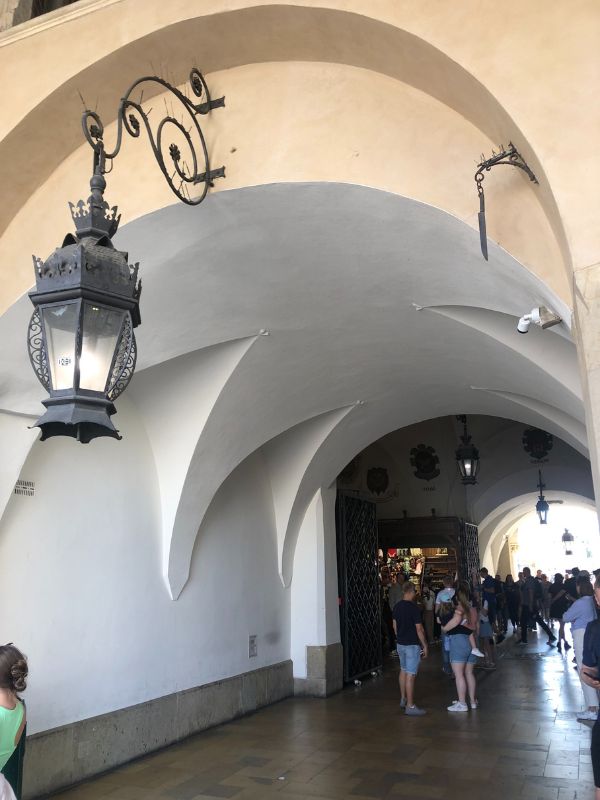



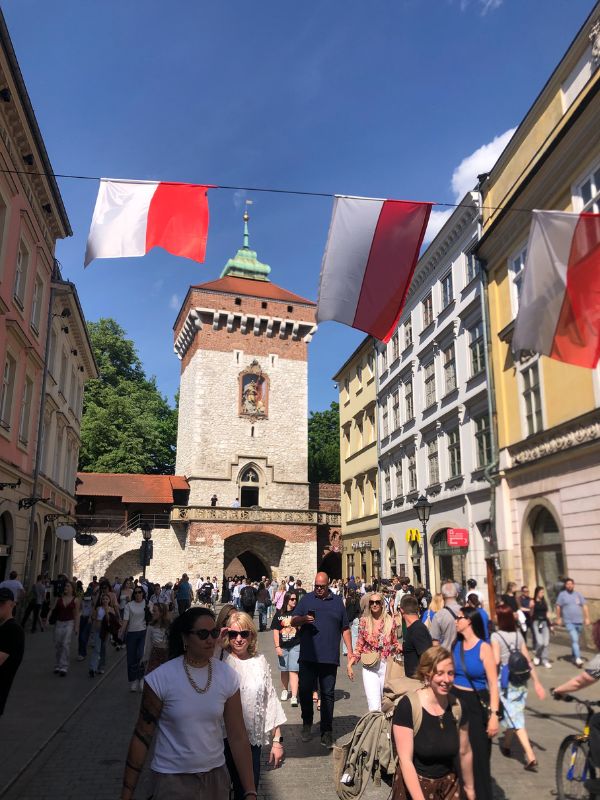
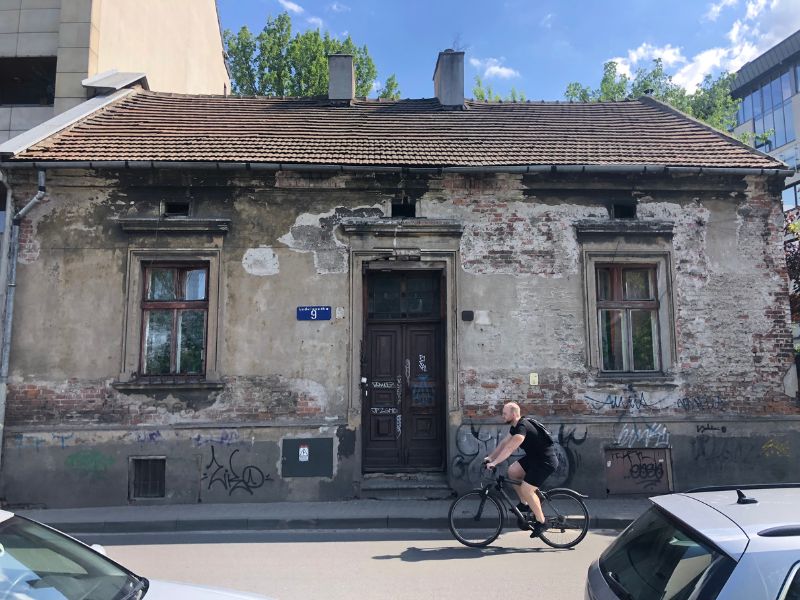
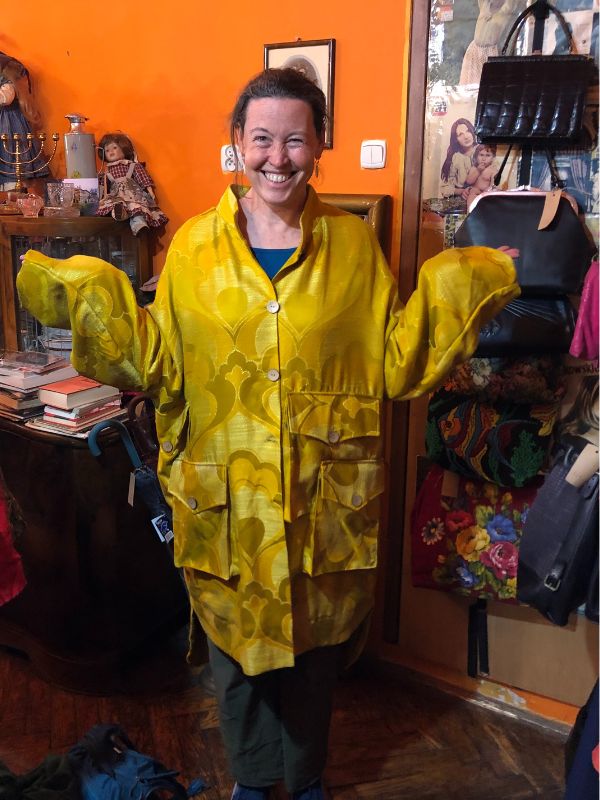


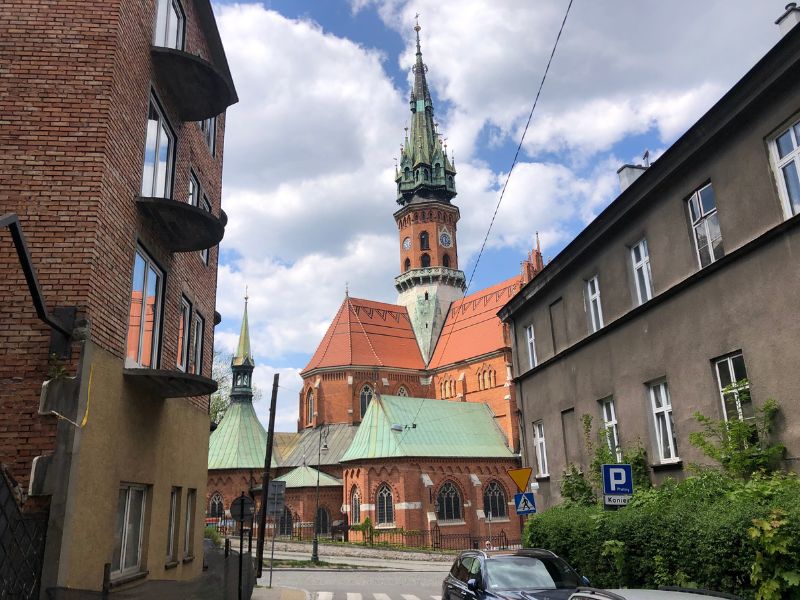
When not logging 20,000 steps, we’re feasting. Fresh perogies, open-faced Zapiekanka pizza-like sandwiches, cream-filled Pączki donuts, slow-roasted Maczanka meat stew. Twice we spend an entire morning in an old restaurant enjoying the breakfast buffet while working on laptops. We do cook sometimes, but the food truck squares and historic “milk bar” cafeterias more often win out.
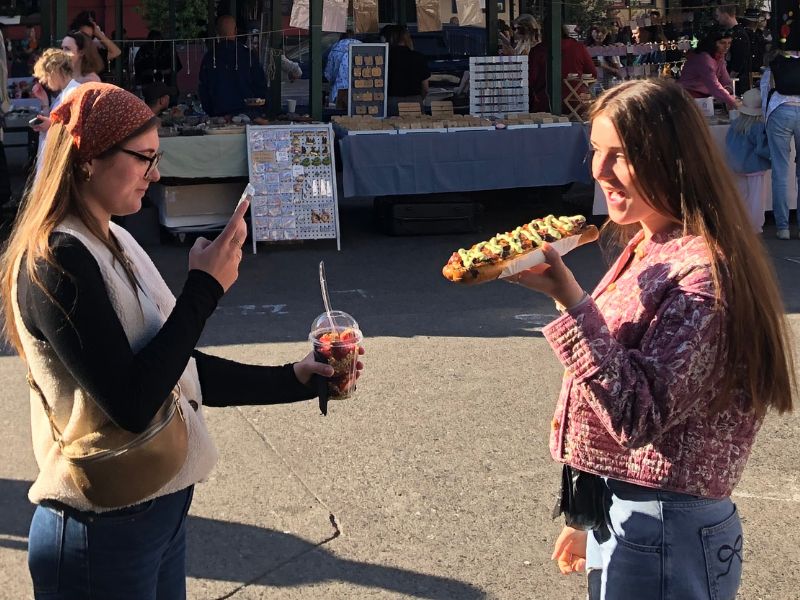
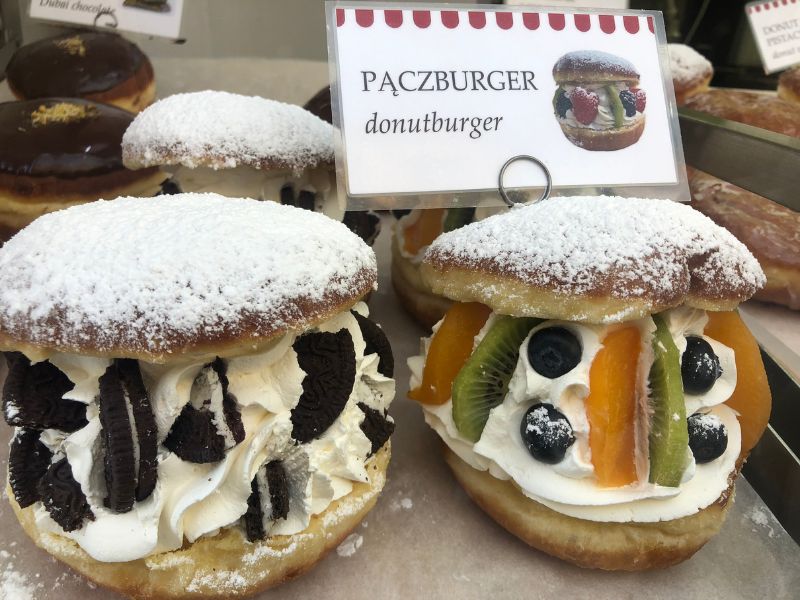
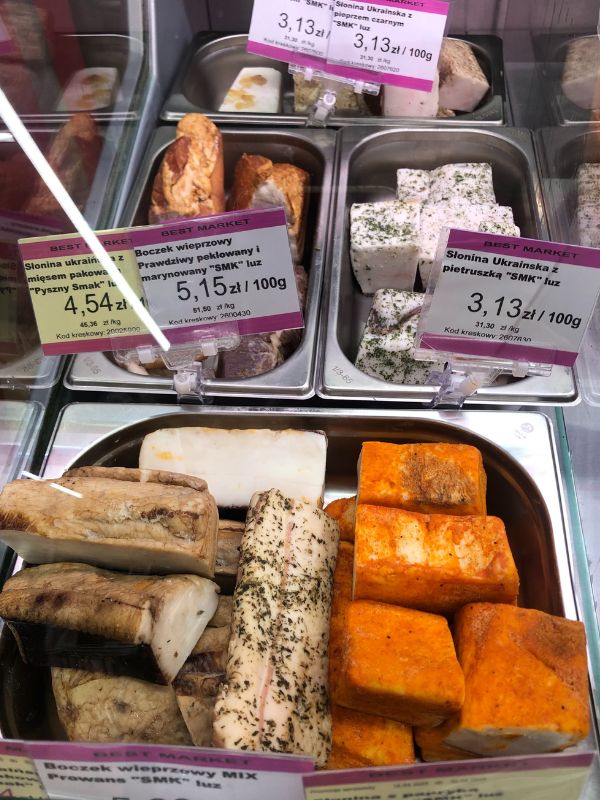



Krakow Obscura
Atlas Obscura sends us to a small monument to victims of air smog at the end of Sławkowska street. And to the Bansky Museum, appropriately housed in a rough old warehouse-building (the Marcin Jarra’s Plated, Silver, and Metal Products Factory from 1886) with 150 reproductions of Bansky classics, but no apparent link to Poland. It should have also sent us to the pedestrian/bike bridge across the Vistula River with fantastical acrobat statues on the support wires.
Less obscure but equally bizarre, we visit the dragon’s lair beneath the Wawel Royal Palace where Smok Wawelski had to be fed cattle or virgins (depending on which legend version you want to believe) until a clever cobbler fed him a ram’s hide stuffed with sulphur and pitch. When the dragon felt a bad pain and burning in the throat, he drank water from the Vistula River. However, as water cannot extinguish burning sulphur, the gases produced by the fires inside him made the beast explode. Villagers did collect some of the dragon’s huge bones and hung them outside the Wawel Cathedral (I saw them before learning this legend and mistook them for misplaced driftwood, so sadly didn’t take a photo!)

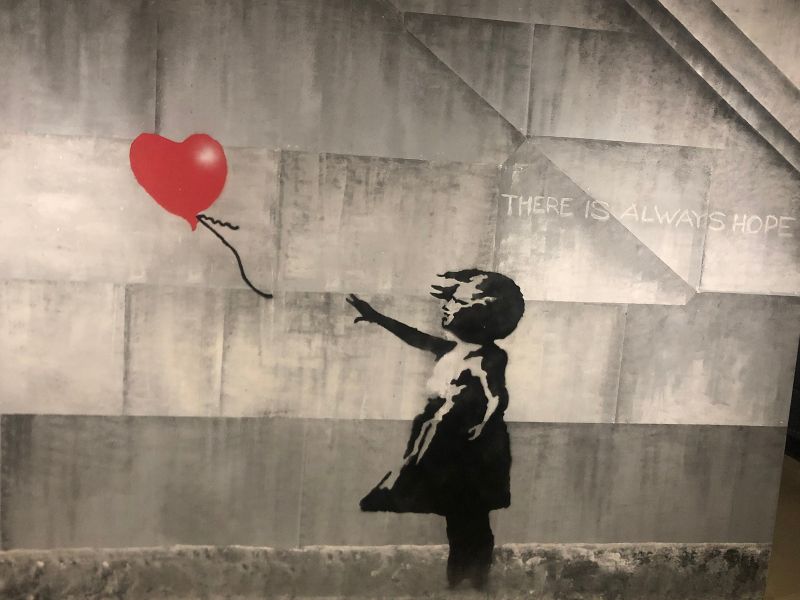
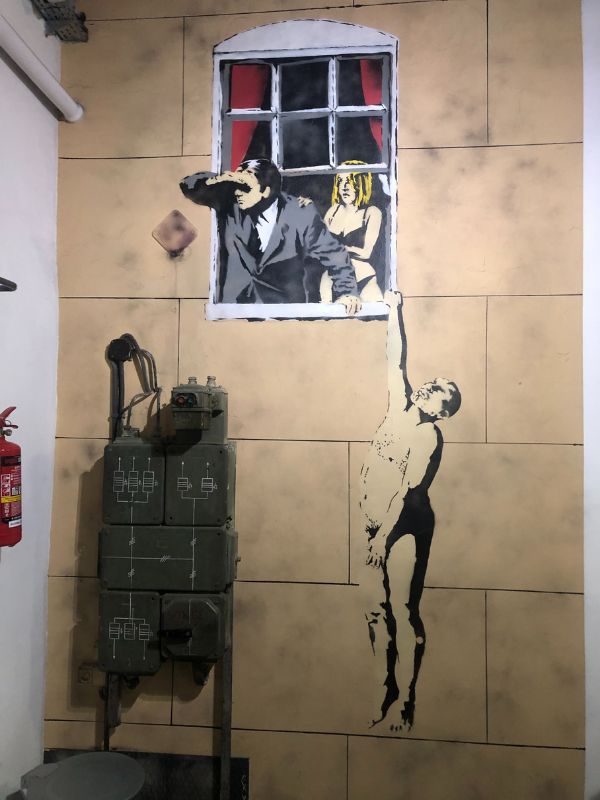
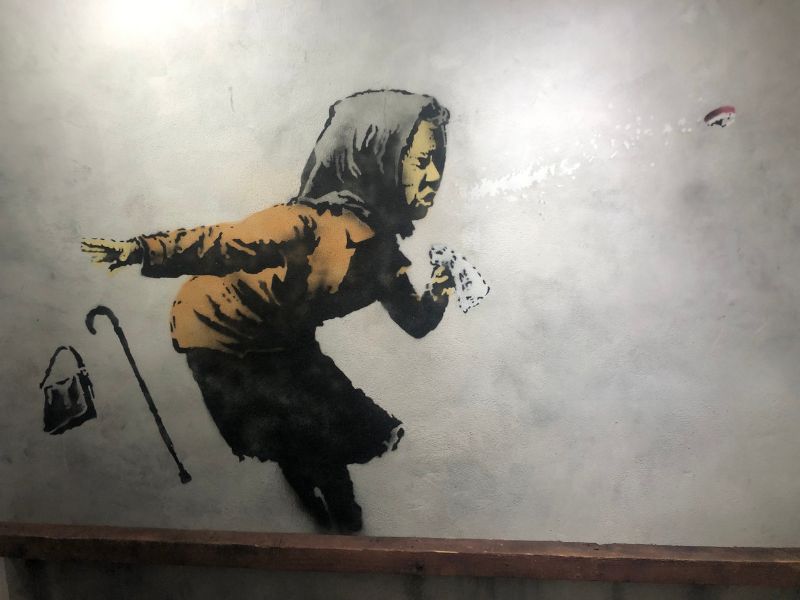
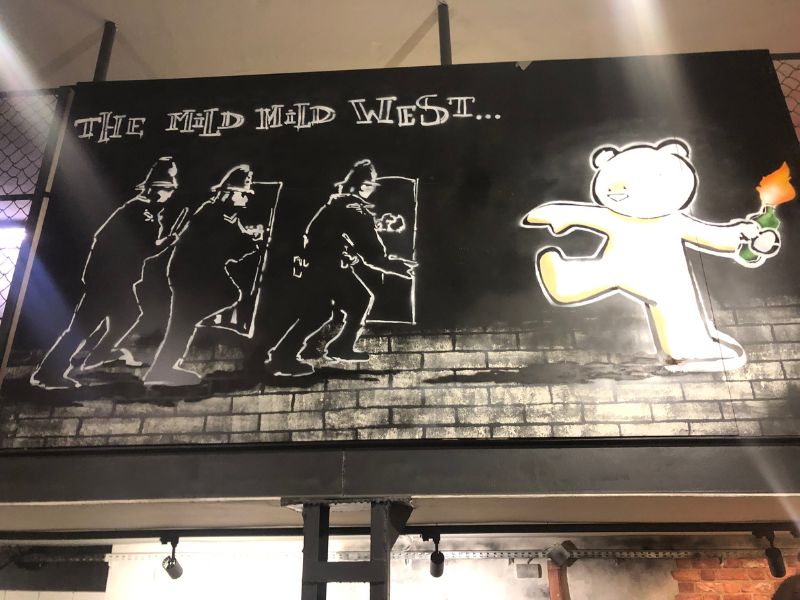


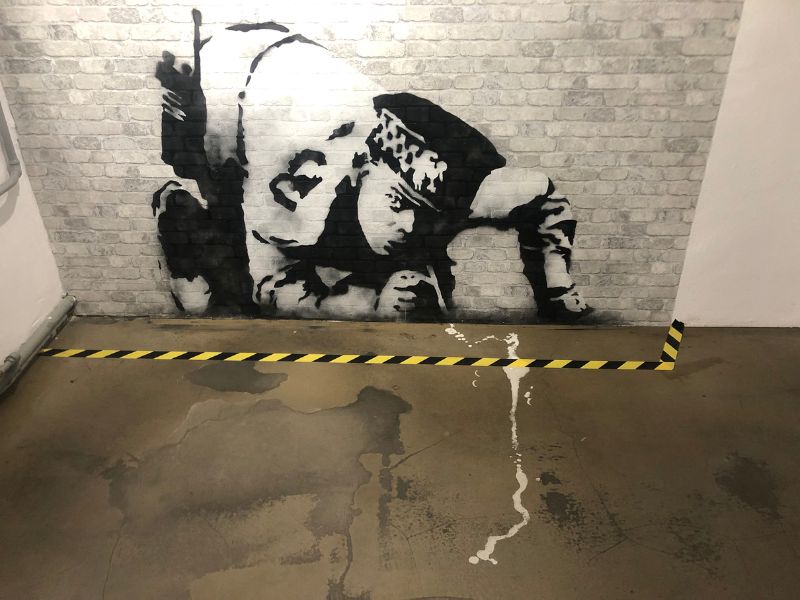
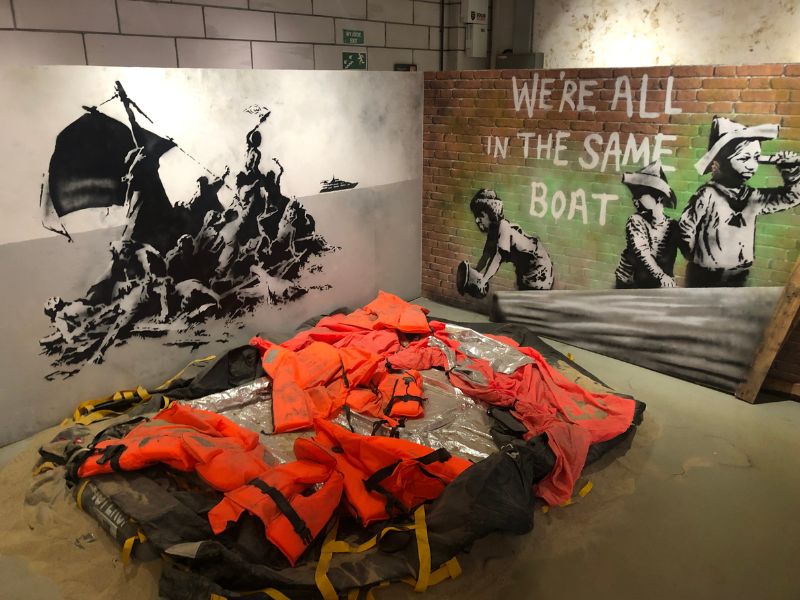
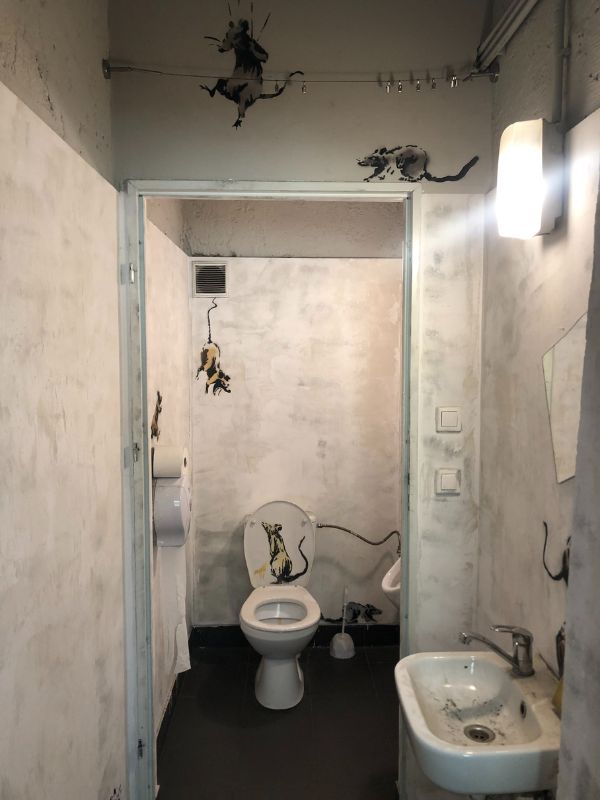
From Africa to Poland - A Dream Fulfilled
I have dreamed about going to Poland since 1990, when I sat in the mud hut of my beautiful Peace Corps lover and read James Mitchener’s “Poland.” More than just dreaming, I started studying the language via correspondence course (no DuoLingo back then) and applied for a job teaching English to educators and business leaders as part of their effort to join Western society post-Communism.
I didn’t hear back from that job application for 8 months. Not until two days after I had accepted an offer from Habitat for Humanity. So instead of satiating that hunger for the strength and resilience and new vision of Poland, I headed to Africa for 7 years. Only now, 35 years later, do I get to taste the land that was almost my home, and wonder what different life trajectory that would have sent me on.
Ten days of hyper-touristing doesn’t tell me if Poland would have fed my soul as deeply as Africa ended up doing. But it was enough to know that Krakow is a marvelous place to visit, and a satisfying end to this European saga that began nine months ago with our anniversary celebration in Iceland (then on to France, Ireland, Italy, Spain’s camino, Turkey, Cyprus, Morocco, Tunisia, England, Alderney, Albania, Kosovo, and Denmark.) Still so much more to experience (the bucket keeps getting bigger), but I feel grateful to have experienced Europe as a place to truly live and feel into.

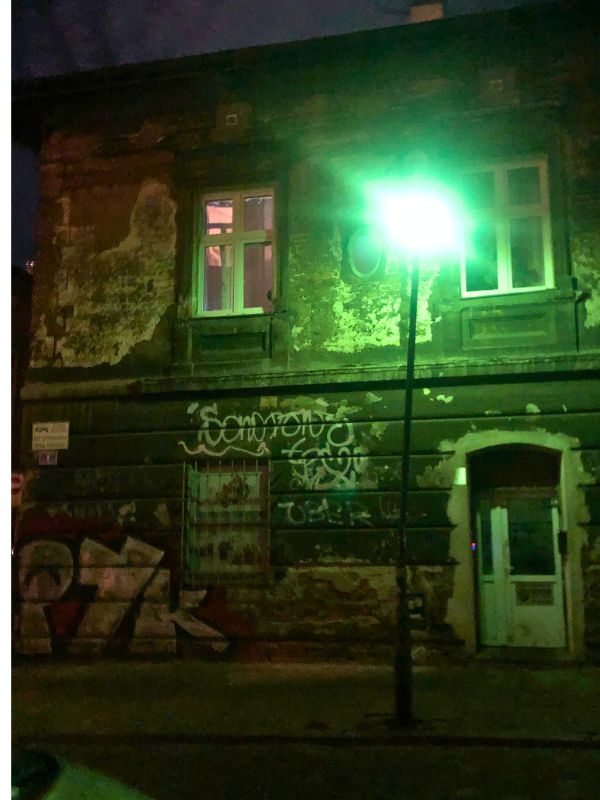
Subscribe now to get an email notification when a new post is published.
(Be sure to check your inbox to confirm your subscription.)
1 Comment
Leave a Comment
Currently in...
Philadelphia
Heading to...
Costa Rica (Monteverde) till Christmas, then Thailand (Chiang Mai), Vietnam (Hoi Ann, Feb-Mar). Please share any sites, people or ideas by email.
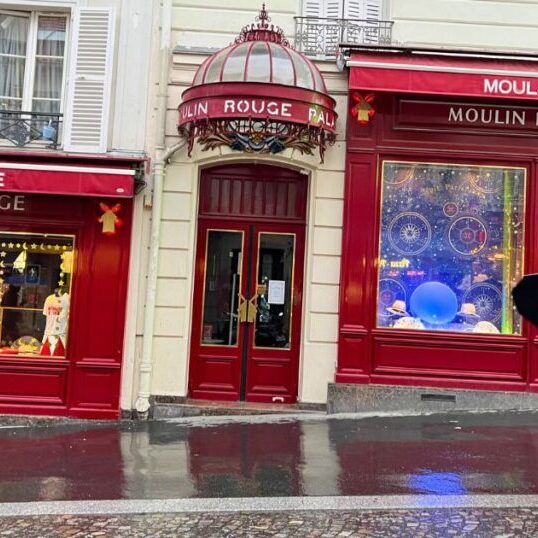
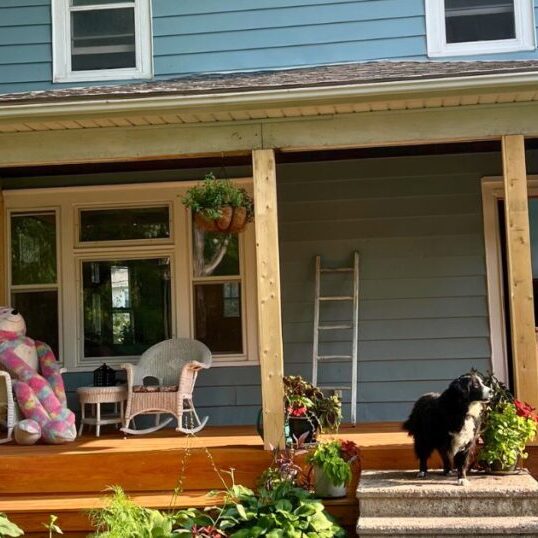
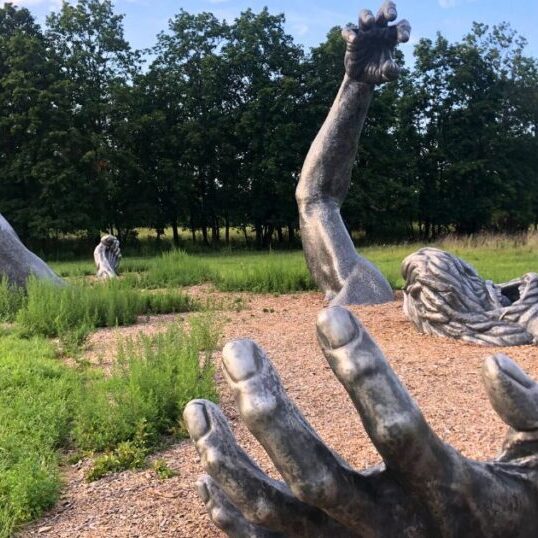





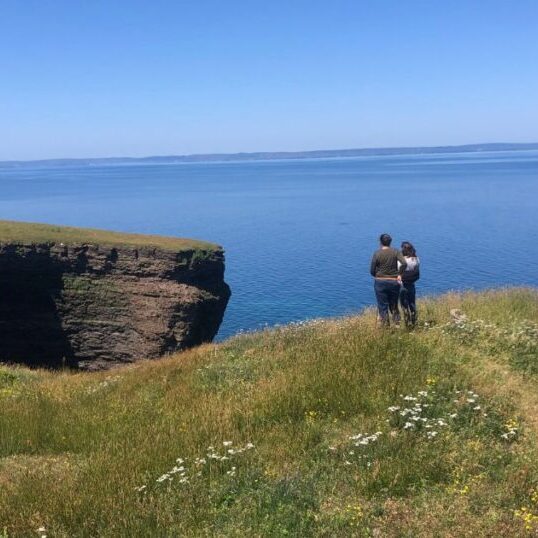



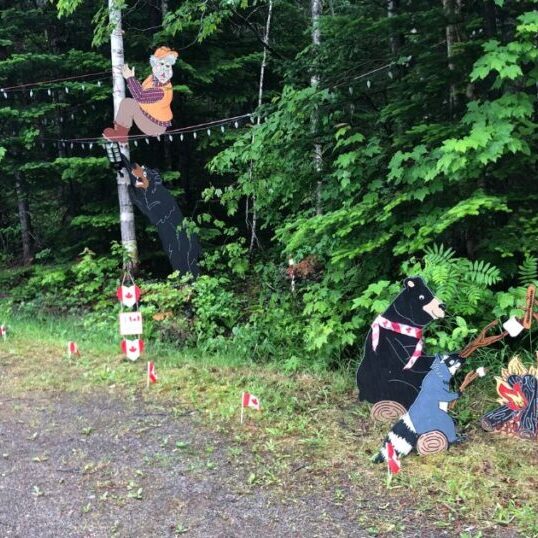


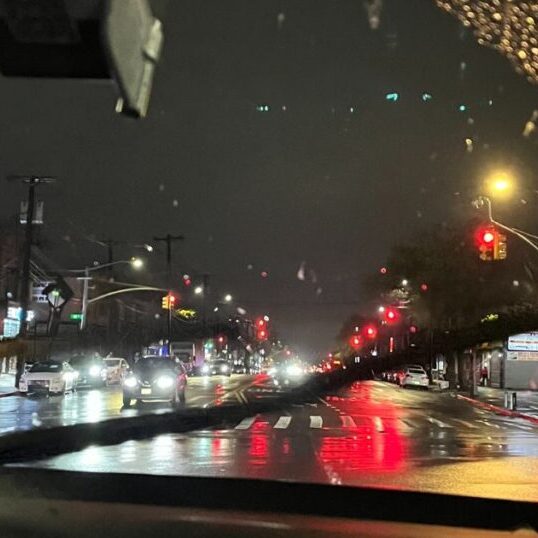




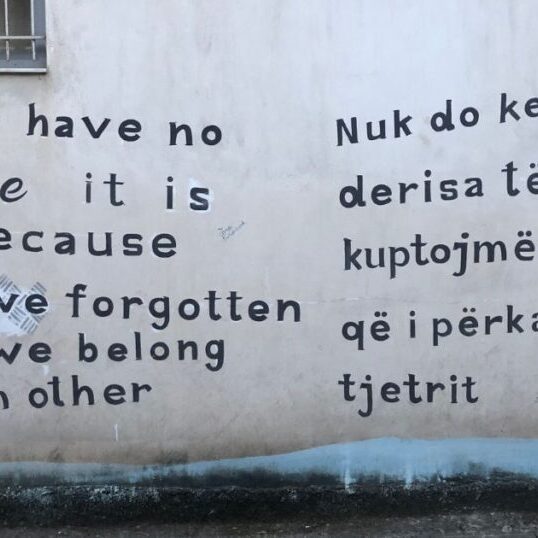



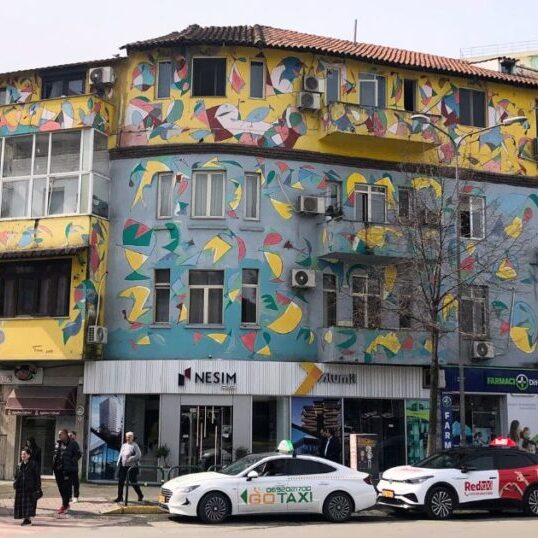


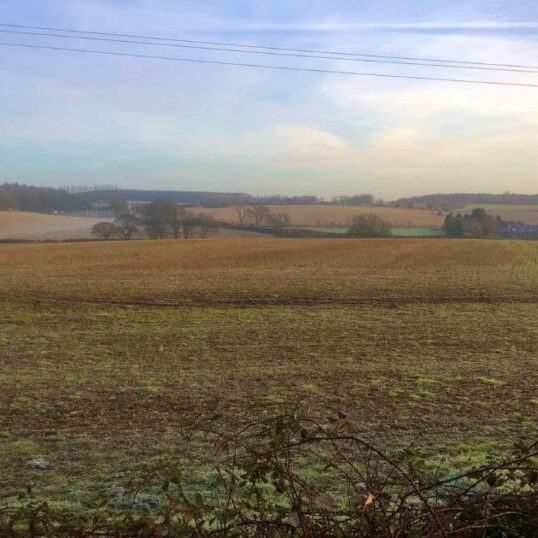




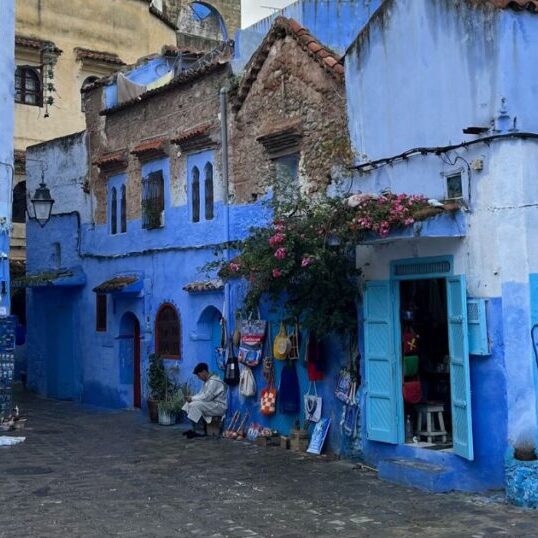


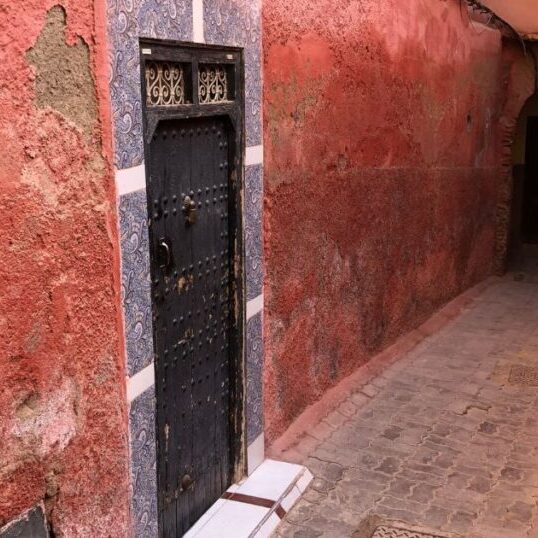




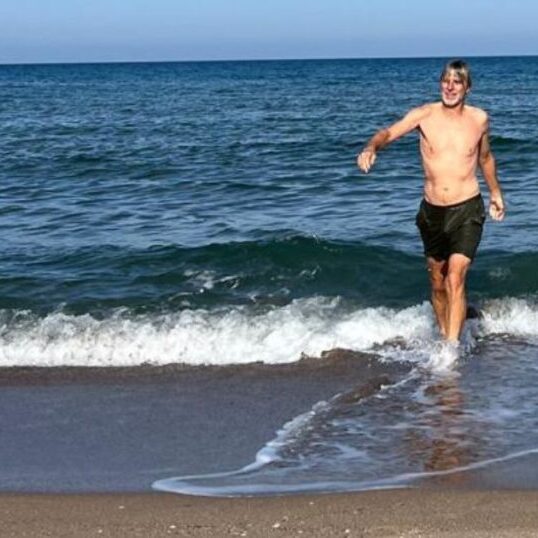




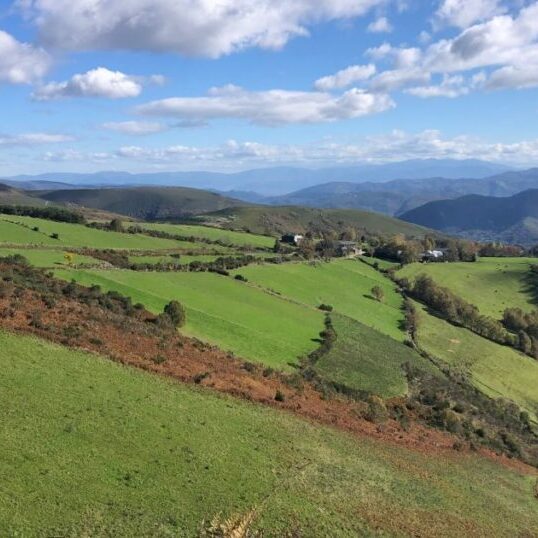




Rick , This is such a treat for me. thankyou and safe journey Art